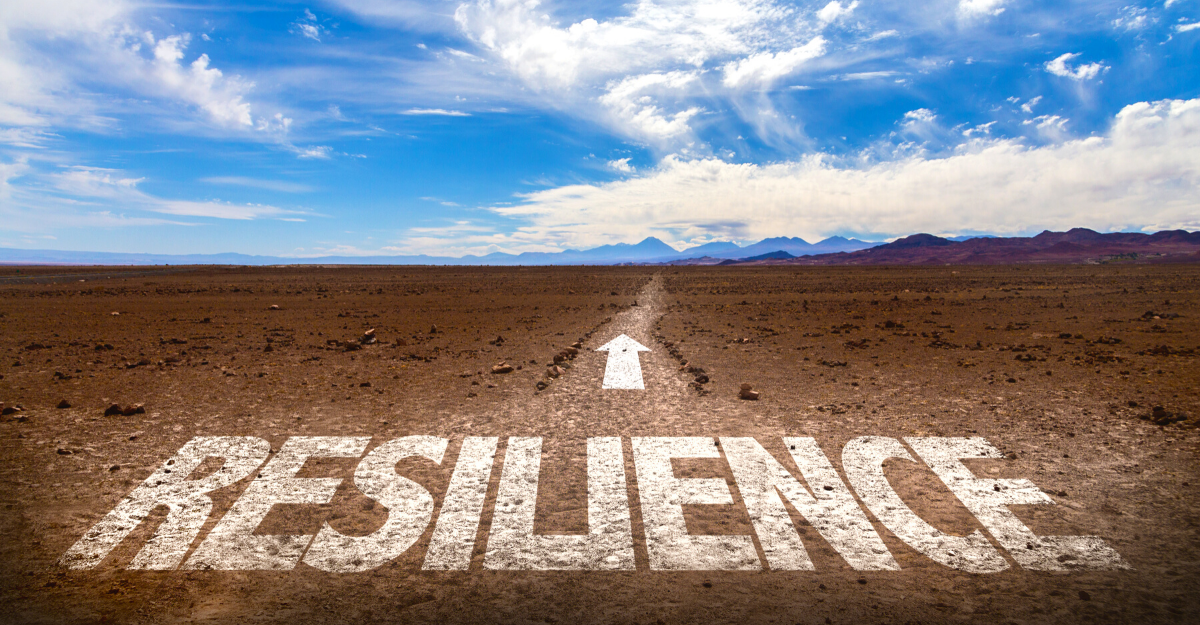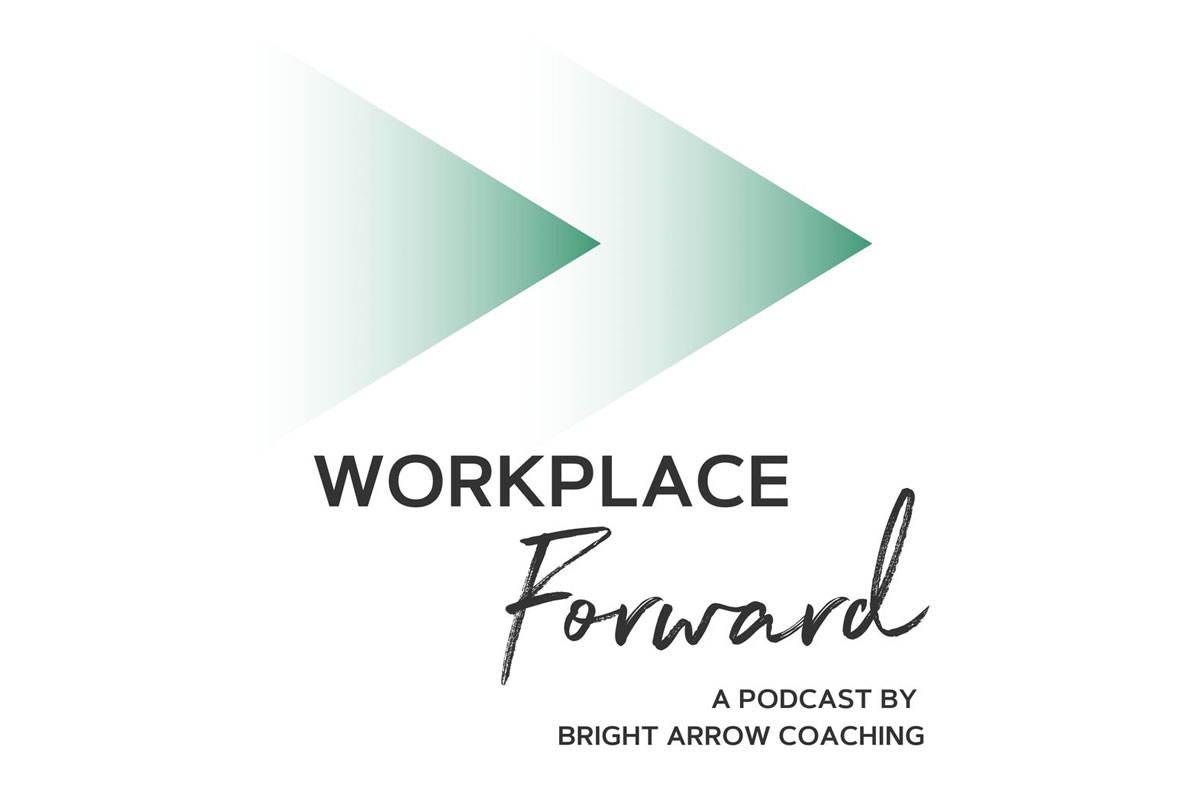We’ve all struggled through the pandemic in our own unique way. But, what comes after the struggle? Or even at the tail-end of these struggles? Resilience.
Psychologists define resilience as the process of adapting well in the face of adversity, trauma, tragedy, threats, or significant sources of stress—such as family and relationship problems, serious health problems, or workplace and financial stressors. As much as resilience involves “bouncing back” from these difficult experiences, it can also involve profound personal growth.
Individuals and organizations can be better off for these trying circumstances we have been navigating. Company cultures stand to evolve and grow in positive ways as they tended to their employees’ needs in ways they have not before. We collectively have increased our tolerance to ambiguity and uncertainty. As leaders, we are now better equipped to navigate and lead change.
Resilience is now a partnership.
When it comes to being resilient at work, who is responsible for creating the conditions that lead to a resilient employee? Traditionally, we have expected our employees and leaders to come to the table with the ability to be resilient. In fact, many organizations interview for this quality in their leaders. However, given the unique circumstances of the last few years, employers must step up to the table as an engaged partner in this endeavor. We employers have asked a lot of our employees and they have delivered on the charter. So, how do we help them build resilience and recover from this exceptionally taxing time? We must help them slow down and rest.
Why do we need to rest and how can we get it?
We know the facts regarding the physical and psychological deterioration that results from prolonged periods of stress. After long periods of prolonged stress, we need time to rest and heal.
Read anything about how to heal from the effects of chronic stress and, (regardless of how scientific or social the source), you will find that every piece cites the need for slowing down. Rest. Eating well. Sleeping. What can you do to help yourself rest? What can you do as a leader to help your employees rest?
Returning to a sustainable pace.
Many employees and leaders have managed to perform at their usual levels while experiencing unparalleled amounts of personal stress, pressure, fatigue, lack of time, little self-care or rest. That is not sustainable. What is tricky here is that we are slowly coming out of the pandemic conditions. If we aren’t conscious of this fact, then we continue to operate under the highest level of urgency. As conditions improve, it will become a false sense of urgency. This is true at both the individual and organizational levels.
Where in your life and work are you still sprinting when you can really afford to slow down?
The same question is applicable at the organization level. Leaders can go deeper by looking for ways to help each department they lead find periods of rest. Perhaps even committing to an entire quarter or more of “sustainability” or staying at the status quo versus adding anything new. We must create time and space for ourselves and our teams to reset. The solutions may look like things we have never done before.
Consciously reprioritize at home and work (even if only temporarily).
One of our greatest sources of suffering is clinging to what was. The pandemic certainly highlighted that for me. Like most working parents, we have been “surviving” without childcare as both parents juggle work with trying to create meaningful experiences for our child while (sometimes) tending to our own basic needs.
The thing is that, for all of us, our priorities changed at home and work whether we were conscious of that or not. Becoming conscious of – and surrendering to – the reprioritization is key.
I had several “get real” moments as I discovered myself clinging to priorities that weren’t really top priorities anymore. As a result, I have learned to care a little less about things I used to have the energy and time to care about. My house isn’t kept as clean as it used to be. If I do get to work out, sometimes workouts are only 20-30 minutes, but better than nothing. We have been eating a lot more takeout than I care to admit. The amount of time I put into my appearance has reduced. My sitting meditations are no more, but I’ve consciously exchanged those for taking breaths throughout the day and noticing how I’m feeling.
We prioritized daily walks as a family over making sure the kitchen was spotless. We prioritized getting more sleep over date nights. Letting go of “what was” has freed our household to find more moments of rest and laughter.
Most organizations strived to be very conscious, thoughtful, and communicative of their priorities changing. They may have struggled with articulating regular reprioritizations as the ever-shifting market and personal conditions of their employees made it really difficult to pivot quickly enough (and sometimes daily). In fairness, many leaders couldn’t possibly know for sure which priority was truly the top priority week to week. The volatility has been unmanageable. As we continue to “unspin”, leaders can stay conscious of communicating priorities as they evolve.
At the individual level, this may be our greatest opportunity. What are your true priorities right now? What would it look like to give yourself permission to reprioritize; knowing that you can come back to your original/preferred priorities over time?
Commit to building your resilience (personally and organizationally).
When we interviewed Suzanne Coonan on the topic of Resilience back in 2019, we had no idea how many times we would revisit this episode. Below are some of her main tips. Click here to listen to the full episode again (and again, and again like we have). Share this one with your employees, friends, and family. It is time for us to get intentional about resilience building!
Summary of Suzanne’s Key Characteristics of Resilience
- Absolute acceptance of reality (don’t resist or fight what is)
- (FYI: Behind that resistance is fear, ego, or impatience)
- Ability to believe in a purpose and have a sense of meaning
- Ability to improvise (the ability to be flexible and creative)
Strategies to Build Resilience
- Embrace change (and understand that it is normal to experience emotional ups and downs)
- Take care of yourself so you can take care of others
- Have a vision for the future and a roadmap to get there
Interested in reading more about Resilience?
Check out these articles:









